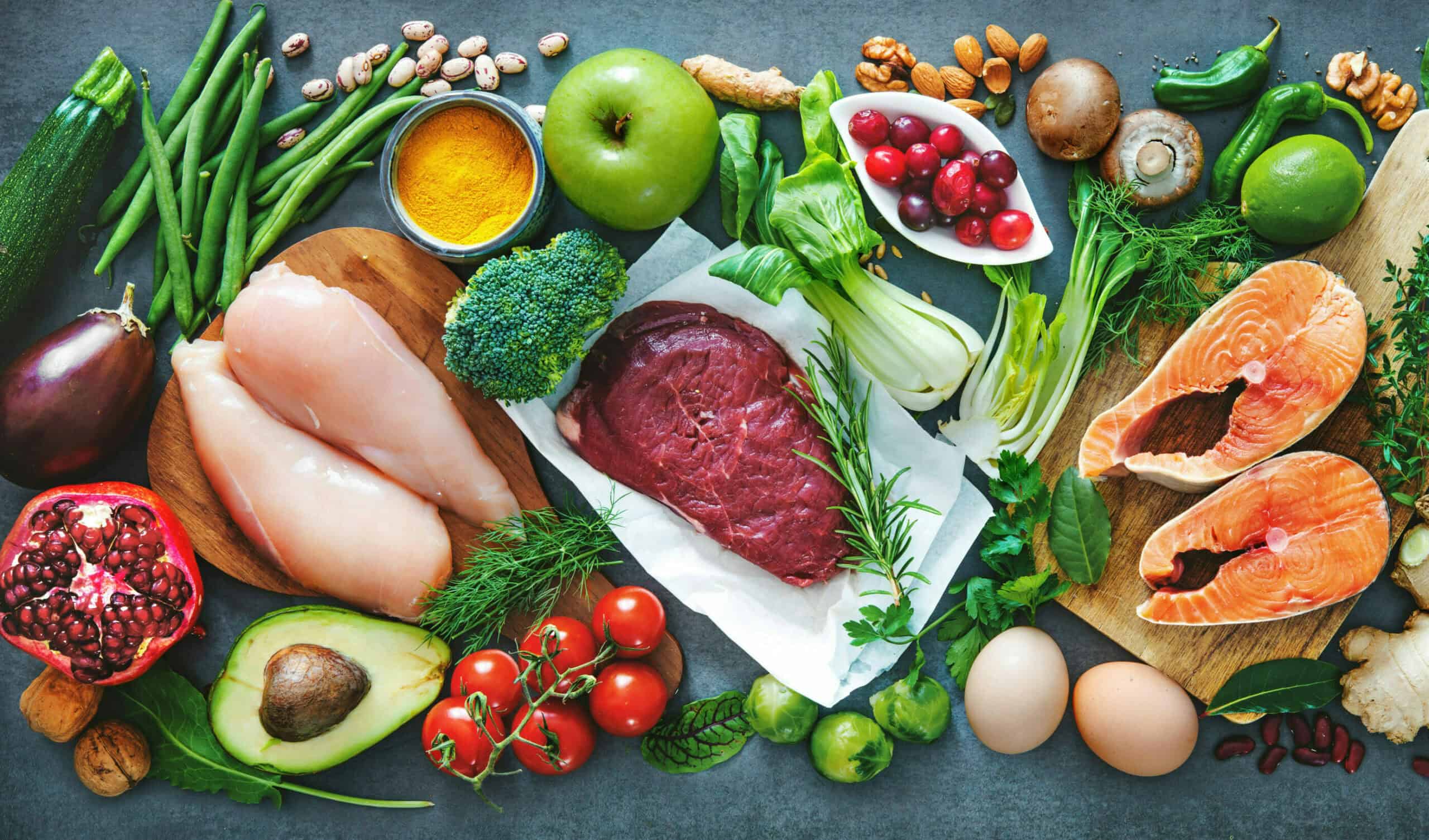Inflammation is the root cause of all disease. Healing inflammation is the key to overall health, and a great way to do this is through improving your omega-6 to omega-3 ratio!
Omega-6 and omega-3 are fatty acids. A fatty acid is a chain of carbon atoms with hydrogen atoms along the length of the chain, a hydrogen atom at one end of the chain, and a carboxyl group at the other end. The carboxyl group is what makes it an acid. Fatty acids are classified based on their number of double bonds. A saturated fatty acid has no double bonds, a monounsaturated fatty acid has one double bond, and a polyunsaturated fatty acid has more than one double bond. The more double bonds, the more delicate the fatty acid. Saturated fats are therefore the most stable. We cook with saturated fats such as butter and coconut oil because they are more resistant to heat than delicate, polyunsaturated fatty acids like vegetable oils.
Omega-6 and omega-3 are polyunsaturated fatty acids. This means they have multiple double bonds and are therefore delicate. From a historical perspective, our diets have been high in seafood and other sources of omega-3 and low in omega-6 oils. With the industrial revolution came an increase in omega-6 and a decrease in omega-3. This was due to the rise of the vegetable oil industry and changes to our livestock feed which in turn changed the fatty acid composition of our meat.
It’s argued that this change in the ratio of omega-6 to omega-3 has influenced our modern diseases more than any other dietary factor. Omega-6 and omega-3 fatty acids use the same conversion enzymes, meaning the more omega-6 we consume, the less omega-3 we convert and use. This has led to high tissue concentrations of omega-6 with low concentrations of omega-3, which creates inflammation and is associated with increases in CVD, obesity, diabetes, IBS/IBD, macular degeneration, rheumatoid arthritis, asthma, cancer (AKA, inflammatory diseases!).
Omega-3 is an essential fatty acid, meaning it cannot be made by the body and must be consumed through the diet. ALA is the ‘parent’ form of omega-3 and is converted into its derivative forms, DHA and EPA. The benefits we experience from omega-3 are from DHA and EPA specifically. They play important roles in our cell membranes and cardiovascular and neurological health.
Omega-3 deficiency has been associated with all of the following:
- ADD/ADHD
- Dyslexia
- Depression
- Weight gain
- Heart disease
- Allergies
- Arthritis
- Violent tendencies
- Memory problems
- Cancer
- Eczema
- Inflammatory diseases
- Diabetes
- Dry skin
- Dandruff
- Postpartum depression
- Alcoholism
- Crohn’s disease
- Irritable bowel syndrome
- Cirrhosis
- PMS
- Hypoglycemia
- Cravings for carbs and sweets
- Non-cancerous breast tissue
- Ulcerative colitis
- Scleroderma
- Hypertension
- Bipolar
- Irritability
- Soft/brittle nails
- Lowered immunity/frequent infections
- Frequent urination
- Fatigue
- Dry hair
- Hyperactivity
- Excessive thirst
- Dry eyes
- Poor wound healing
- Learning problems
- Patches of pale skin on cheeks
- Cracked skin heels/fingertips
If you’re dealing with any of these issues- especially if you’ve already made significant diet and lifestyle changes- omega-3 deficiency may be something you want to look into.
So how do we incorporate more omega-3 into our diets? The optimal source of omega-3 is wild-caught seafood, specifically cold water fish such as salmon, halibut, cod, herring, mackerel, and sardines. Grass fed meat is another good source. This is an instance in which food quality really does matter. Grass fed meat can have up to five times the amount of omega-3 as conventional, grain fed meat! If your grocery store doesn’t carry quality grass fed meat you can always check websites like eatwild.com or grasslandbeef.com where you can locate local, pastured products or order them online.
It’s important to remember that increasing omega-3 is ineffective unless you are also decreasing omega-6. Almost all packaged and processed foods include omega-6 vegetable oils. In restaurants, the cooking oil is often ‘topped off’ from the day before rather than being replaced. This means the polyunsaturated, delicate, omega-6 vegetables oils are heated and reheated leading to oxidation which we know contributes to inflammation. There are real food sources of omega-6 such as poultry, pork, nuts, avocados, and eggs. However, because these are real foods, they also contain other nutrients like fiber, vitamins, minerals, etc. which may protect them from oxidation. Remember, we’re looking at an overall ratio- ideally of approximately 1:1- while decreasing omega-6 vegetable oils and increasing omega-3s.
Even with dietary change, supplementation may still be necessary! Consider a good quality fish oil or Antarctic Krill oil. Antarctic Krill oil doesn’t have the fishy aftertaste and also contains astaxanthin, a powerful antioxidant and anti-inflammatory compound.
A few more facts:
- Flax, flaxseed oil, hemp oil, and walnuts are often listed as good sources of omega-3. However, they are made of ALA, the parent form of omega-3, and require complicated processes to be converted to DHA and EPA.
- Some products now list ‘cold-pressed’ or ‘expeller pressed’ vegetable oils that are produced without heat. These oils are still omega-6 and should still be limited.
- Saturated fatty acids are stable and protect omega-6 and omega-3 fatty acids from oxidation. Cook your omega-3 rich salmon in some grass-fed Kerrygold butter or coconut oil for protection (and flavor!).
- Nut flours contain omega-6 so have the potential for oxidation. Use coconut or cassava flour when replacing gluten-containing flour in recipes.
This post was written by Lindsey Fields, RD
Lindsey is a registered dietitian living in northern Kentucky where she was born and raised. She got her bachelor’s and master’s degrees from the University of Kentucky where she was a football and basketball cheerleader and won two cheerleading national championships.
After college, Lindsey worked in long-term care with the elderly. While she enjoyed this fulfilling work, after five years she was ready for a change of pace when she got the opportunity to join the LEAN Team.
Lindsey and her husband Tom enjoy a simple life of cooking at home, spending time with family and friends, and working on house and yard projects. Lindsey is passionate about nutrition and many other aspects of clean living. She’s so excited to be a part of the LEAN Team and to help others on their health journeys!





